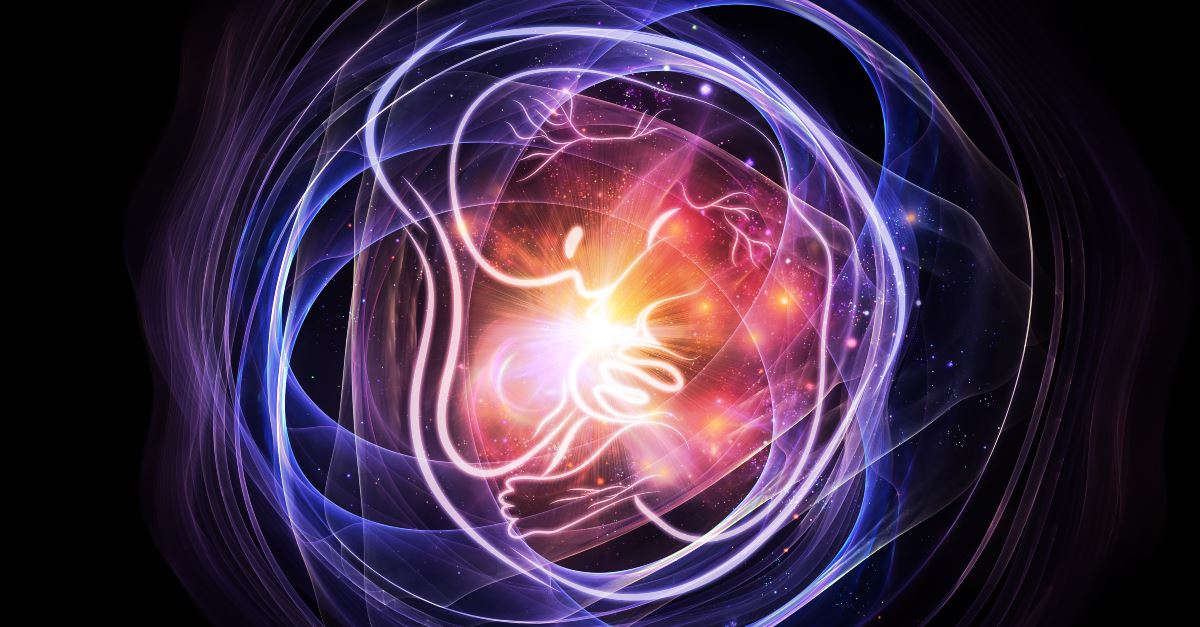
At a meeting with some fellow ministers to discuss pro-life issues, I watched a clip of a film, taken in utero, of a six-week old unborn baby. I was in awe as I watched the little fellow moving his hands and feet, even rubbing his face. Contrary to the “blob” imagery so many Americans assume about our neighbors in the womb, it is very easy to see these days that these unborn boys and girls are not only human in abstract biological terms, but they also look human.
What does it mean that we are created 'in the image of God?'
Christians often disagree about what the Scripture means when it tells us we are created “in the image of God” (Gen 1:27). Is the image rational? Moral? Dominion/kingship? Or, as I believe, does it entail all of the above? But what about your body? Is this part of the image of God at all?
Philosopher Stephen Webb raises this issue in a review of Richard Middleton’s The Liberating Image: The Imago Dei in Genesis 1, in the July/August 2006 issue of Books and Culture. Webb looks at Middleton’s argument that the dismissal of the body doesn’t result in a dualistic anthropology. It seems obvious to Middleton that the image is something other than bodily. Webb asks whether this dismissal is too hasty. Webb writes:
“The image of God makes little sense in the Old Testament context, where it is mentioned explicitly only three times (Genesis 1:26-27; Genesis 5:1; and Genesis 9:6). If we are to rescue it from hopeless obscurity, it must be taken both literally and christologically.
Our bodies look like they do because God decided from eternity to become incarnate in Jesus Christ. Simply stated, we are like God because we are like Jesus. Our bodies are not an accident of evolution any more than the Incarnation is a divine afterthought to the Fall. God did not become incarnate in order to look like us.”
Webb is partially off-base, I think. We don’t need to “rescue” the divine image from “hopeless obscurity.” The traditional views of the image (almost all of them) have strong basis in Scripture. As Carl F.H. Henry once noted in his God, Revelation and Authority, the functional ruling aspect of the image presupposes morality and rationality, because an immoral, irrational rule is Pharaoh-like, not godlike.
But Webb is right to question whether we are too quick to dismiss a bodily aspect of the image. This doesn’t mean Mormonism, or any other concept of a God with “body, parts, and passions” (as the Westminster Confession’s article 2.1 puts it). It could mean, however, what Webb is getting at in this article.
Jesus is the prototype of the image of God.
He is the “image of the invisible God” (Col 1:15 HCSB). Could it be that our arms point to the uncreated reality of the power of God, our eyes to the sight of God, our ears to the God who hears? And could it be that Adam, and all of us after him, are designed after the architectural blueprint of the incarnate Christ?
The New Testament, after all, grounds the full recovery of the image in the believer as our being “conformed to the image of His Son, so that He would be the firstborn among many brothers” (Rom 8:29 HCSB).
According to the New Testament, the mystery of everything is hidden in Christ. He is the reason all things that exist were brought into being (Eph 1:10; Col 1:16). Paul tells us the mystery of the male/female union of Genesis can now be seen in God’s everlasting purpose of a union between Christ and the church (Eph 5:31-32).
The Bible also tells us that in the Incarnation Jesus shares “flesh and blood” with his “brothers,” a crucial aspect of our redemption (Heb 2). Maybe the spiritual, invisible Father God designed a flesh and blood body for His only begotten Son, a body that would reflect something of the glory of God, and then designed Adam the man of the dust to look like that.
We might not agree exactly on what the image of God entails biblically.
But we can agree that God designed human bodies to look like this for a reason.
When we see the bud-like arms of one the world calls an “embryo,” we feel sympathy, because we know he or she is one of us. That’s why so many would rather look away.
That’s also why the Nazi propaganda caricatures the physical characteristics of Jewish people as so different from those of the “Aryan” race, and why Ku Klux Klan literature tries to picture African-Americans as looking more like animals than like human beings. It is easier to hate those we don’t recognize as sharing our image.
That’s why the New Testament makes clear that humanity is of “one blood” (Acts 17:26).
And it is why James points out that cursing one made in the image of God is at the core of demonic hatred (James 3:9). Human beings don’t simply share a theoretical humanness with all the rest of humanity. They are built after the model of a Jewish carpenter. The perfect image of God we will one day see in the glorified Christ will share with us fingernails and a blood type and eyelids and DNA. He’ll wipe away the tears from our eyes, and He’ll do so with hands, hands that look like ours.
And one can imagine there may be a couple of anti-Semites in line for the White Throne Judgment whispering in horror about “how Jewish” the King looks.
Jesus says that when we serve “the least of these, my brothers,” we are serving him (Matt 25:40).
Maybe some of this is more “bodily” than we ever thought. Maybe that’s why it takes such a callous heart to look at the videotaped “embryo” rubbing his face with a small, stumpy hand without recognizing a little brother there.
Photo Credit: ©GettyImages/agsandrew